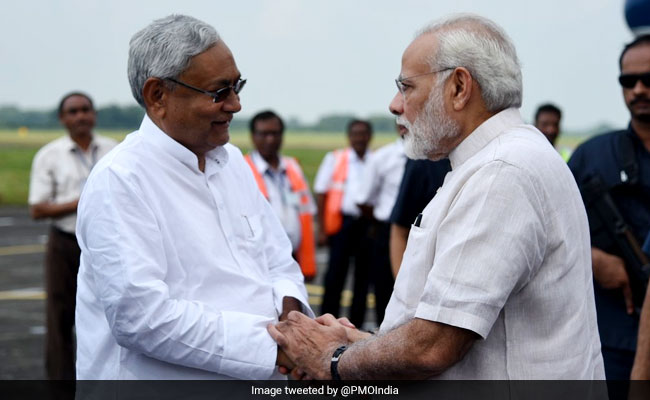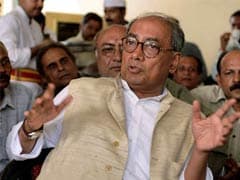The main features of the two schemes, the party claims, are very similar: the December 2018 deadline, payments in installments and involving panchayats in the electrification scheme.
"New India will not only have power in all villages but in every home," PM Modi said while announcing the scheme on Monday evening.
Nitish Kumar's electrification programme -- "Har Ghar Bijli" meaning electricity in every home - was announced on the eve of 2015 assembly elections. It envisaged electrification of all the villages by year-end and all the households by December 2017.
It made Mr Kumar the target of digs from the Prime Minister, who made it a point to ask the people at every election rally whether they have received electricity. But after Mr Kumar's Grand Alliance - a tie-up between his party, Lalu Yadav and the Congress -- swept the election, the BJP poll managers were forced to conclude that they had been misinformed about the ground situation.
About other similarities between Saubhagya and "Har Ghar Bijli", sources in the JD(U) said Bihar also has a scheme where connection charge of Rs 2,145 had to be paid in 10 instalments. The state has also involved panchayats in its rural electrification project - a process that finds place in the Centre's electrification scheme. The Central government has already asked 17 states to adopt the system, sources said.
In his Independence Day speech in 2015, PM Modi had announced that the government would electrify all 18,452 villages that are without power within 1,000 days. Of these, 14,483 villages have been electrified so far. Work is in progress on 2,981 villages while 988 villages are uninhabited.













